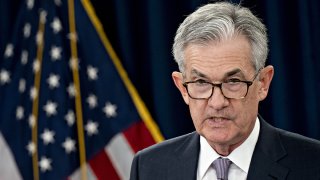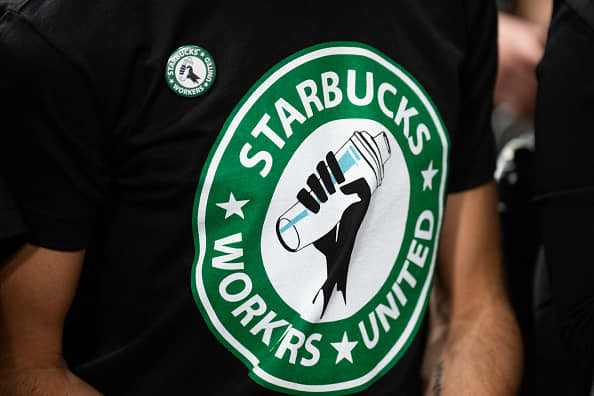
Federal Reserve officials are grappling this week with the timing and scope of their next policy moves at a time when the raging viral pandemic has weakened the U.S. economy.
No major changes are likely when the Fed releases a statement Wednesday after its two-day policy meeting ends and just before Chair Jerome Powell holds a news conference. But the central bank is working toward providing more specific guidance on the conditions it would need to see before considering raising its benchmark short-term interest rate, which is now pegged near zero.
Economists call such an approach “forward guidance,” and the Fed used it extensively after the 2008-2009 recession. The Fed probably won't provide such guidance until its next meeting in September, economists say. But given signs that the economy is stalling in the face of the pandemic and that several aid programs have expired as Congress debates another rescue package, there's a chance that Fed officials could update their guidance as early as Wednesday.
After its previous meeting last month, the Fed had signaled that it expected to keep its key short-term rate near zero through 2022. Since then, the pandemic's threat to the economy has appeared to worsen. According to the minutes of their June meeting, “various” Fed officials felt it would “be important in the coming months ... to provide greater clarity” about the future path of rates.
Get Southern California news, weather forecasts and entertainment stories to your inbox. Sign up for NBC LA newsletters.
Some Fed watchers expect no rate increase until 2024 at the earliest given their bleak outlook for the economy and expectations of continued ultra-low inflation. But more specificity from the Fed could provide further assurance to businesses and households of a low-rate environment for years to come.
As the pandemic intensified in March, the central bank's policymakers slashed their key short-term rate to nearly zero and directed that the Fed buy roughly $2 trillion of Treasury and mortgage-backed securities. Those purchases were intended to ensure that lower borrowing rates would remain available for households and businesses to help spur spending and growth.
The Fed also launched nine lending programs to enable businesses and Wall Street banks to borrow at low rates. On Tuesday, the Fed said it would extend seven of those programs, which had been set to expire Sept. 30, through the end of the year.
U.S. & World
News from around the country and around the globe
One potential form of forward guidance would be for the Fed to announce that it won't raise rates until annual inflation has reached or exceeded its target of 2% for a specific period. This would be intended to allow inflation to rise above 2%, to offset inflation that has fallen below that target nearly continuously since 2012. (Inflation is now running at just 0.5%, according to the Fed's preferred gauge.)
In recent speeches and appearances, Fed policymakers have sounded largely pessimistic about the economy. Several, including Powell, warned in late May, as many states began allowing more businesses to reopen, that a resurgent virus could imperil any recovery.
Since then, confirmed case counts have soared around the country, especially in such large Sun Belt states as Florida, Texas, Arizona and California, though their case levels have generally flattened in the past week. The outbreaks have led at least 22 states to either pause or reverse their re-openings, thereby forcing companies to impose layoffs or to stop hiring.
The number of people applying for unemployment benefits has exceeded 1 million for 18 straight weeks. And other data, such as credit card spending, point to a pullback in spending.
Lael Brainard, a member of the Fed Board of Governors, said earlier this month that the resurgence of the virus around the country has underscored its severe threat to the economy.
“The recent resurgence in COVID cases is a sober reminder that the pandemic remains the key driver of the economy’s course,” she said in a speech. “A thick fog of uncertainty still surrounds us, and downside risks predominate.”
At his news conference Wednesday, Powell is likely to call for Congress to continue providing stimulus for the economy, as he has done before. The chairman has repeatedly stressed that the Fed has “lending powers, not spending powers,” and while he has usually avoided supporting specific policies, he has clearly urged Congress to spend more.
“He’s really pivoted from being the artful dodger to being quite direct," said Diane Swonk, chief economist at Grant Thornton, a tax and accounting firm.



